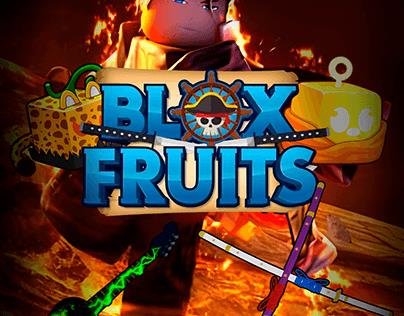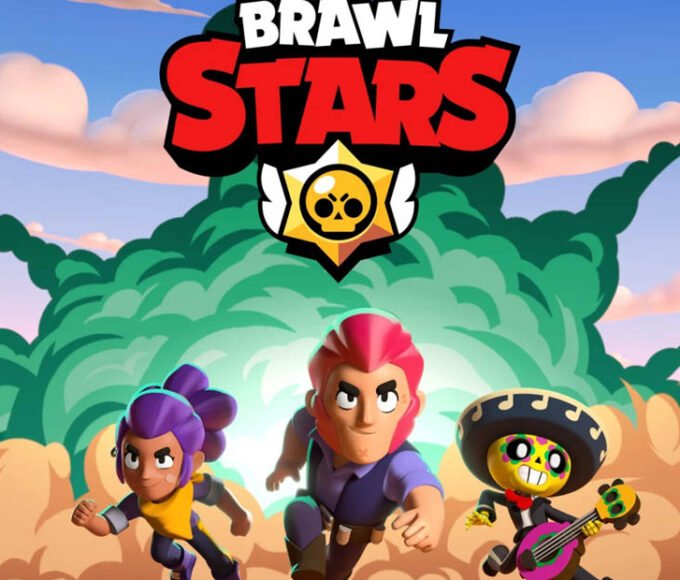The horror genre has long been a captivating realm for readers seeking the thrill of fear and the adrenaline rush of the unknown. Behind the scenes, however, lies a crucial aspect that shapes the spine-chilling tales we love to immerse ourselves in—developmental editing. In this article, we’ll explore the profound impact that developmental editing has on the horror genre, uncovering how it shapes narratives, builds tension, and ultimately delivers a spine-tingling experience for readers.
1. Crafting Unforgettable Characters
At the heart of every great horror story are characters that resonate with the reader. Developmental editing plays a pivotal role in ensuring that these characters are not mere stereotypes, but complex individuals with relatable fears and desires. Editors work closely with authors to refine character arcs, adding layers of depth that make the reader empathize with the protagonists and shiver at the villains’ malevolence.
2. Building Atmospheric Settings
The setting of a horror story is like a character in itself, setting the stage for the eerie events to unfold. Developmental editors collaborate with authors to enhance the atmosphere, fine-tuning descriptions to evoke a sense of dread and foreboding. Whether it’s a haunted mansion, a desolate forest, or an abandoned asylum, the setting becomes a vital element that heightens the overall sense of fear.
3. Perfecting Pacing for Maximum Impact
Horror is all about timing—building tension gradually and then delivering the scare at just the right moment. Developmental editors work meticulously to ensure pacing aligns with the ebb and flow of fear. By identifying moments that need suspenseful buildup and those that demand a sudden shock, a horror editor helps authors master the art of pacing, creating an experience that keeps readers on the edge of their seats.
4. Fine-Tuning Plot Twists and Reveals
One hallmark of a gripping horror story is the unexpected twist that leaves readers questioning their assumptions. Developmental editing involves refining plot twists and reveals, ensuring they are both surprising and logically consistent. Editors guide authors in planting subtle hints throughout the narrative, leading readers down a sinister path only to upend their expectations in a chilling revelation.
5. Balancing Gore and Psychological Horror
Horror comes in many forms, and finding the right balance between visceral gore and psychological terror is an art. Developmental editors assist authors in navigating this delicate equilibrium, ensuring that graphic scenes serve a purpose in the narrative without overshadowing the psychological aspects of the horror. This collaborative process results in a story that leaves a lasting impact on the reader’s psyche.
6. Maintaining Narrative Tension
The key to a successful horror narrative lies in maintaining tension from start to finish. Developmental editing focuses on sustaining this tension by refining dialogue, heightening stakes, and eliminating narrative lulls. Editors work closely with authors to identify moments where tension may wane and implement strategic adjustments to keep readers gripped by the suspense until the final page.
7. Enhancing Dialogue for Authentic Fear
Effective dialogue is crucial in conveying the authentic fear experienced by characters in a horror story. Developmental editors work to refine dialogue, ensuring it resonates with the reader and authentically captures the emotional intensity of the moment. By eliminating clichés and fine-tuning character interactions, editors contribute to a heightened sense of realism that intensifies the horror experience.
8. Addressing Cultural Sensitivities
Horror often delves into dark and sensitive themes, and developmental editing serves as a compass for authors navigating these treacherous waters. Editors provide valuable insights into cultural sensitivities, guiding authors in crafting stories that provoke fear without perpetuating harmful stereotypes or offending sensibilities. This collaborative effort ensures that horror remains a universally thrilling genre while respecting diverse perspectives.
9. Fostering Originality in a Saturated Genre
With the horror genre booming in popularity, standing out from the crowd requires a unique approach. Developmental editing encourages authors to push boundaries and explore innovative narrative techniques. Editors help refine unconventional ideas, ensuring they enhance the story rather than detract from it. This emphasis on originality contributes to a diverse landscape of horror literature that continually surprises and captivates readers.
10. Empowering Authors to Confront Taboos
Horror has the power to confront societal taboos and explore the darkest corners of the human experience. Developmental editing plays a crucial role in empowering authors to tackle these challenging themes responsibly. Editors guide authors in navigating potentially controversial topics, ensuring that the narrative remains thought-provoking without veering into gratuitous or insensitive territory.
11. Embracing the Evolution of Horror
Developmental editing adapts to the ever-evolving landscape of horror. Editors guide authors in embracing contemporary fears and societal shifts, ensuring that horror remains relevant and resonant. Whether exploring the terrors of technology or the anxieties of a rapidly changing world, the collaboration between editors and authors allows the genre to evolve, keeping readers captivated by the horrors that mirror their own fears and uncertainties.
12. Nurturing Emerging Voices in Horror
Developmental editing becomes a mentorship for emerging voices in the horror genre. Editors play a pivotal role in nurturing new talent, offering guidance that goes beyond refinement to empower authors to find their unique, chilling voices. By fostering diversity and encouraging unconventional narratives, developmental editing contributes to a vibrant and inclusive horror community, ensuring that the genre continues to push boundaries and captivate audiences for generations to come.
Conclusion: Forging Fearful Frontiers – The Enduring Impact of Developmental Editing on Horror Literature
In the realm of horror literature, developmental editing is the unseen force that transforms a promising manuscript into a spine-chilling masterpiece. From character development to plot twists, pacing to atmospheric settings, the impact of developmental editing on the horror genre is profound. As readers, we owe the heart-pounding thrills and sleepless nights to the collaborative efforts of authors and their vigilant developmental editors, who work tirelessly behind the scenes to craft stories that linger in the shadows of our imagination. Their collective dedication ensures that the horror genre remains a dynamic, ever-evolving force, continually pushing boundaries and captivating audiences across diverse landscapes of fear.
















